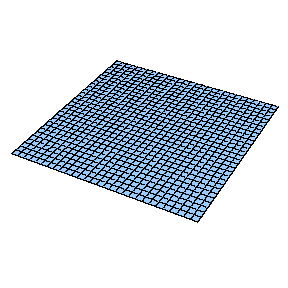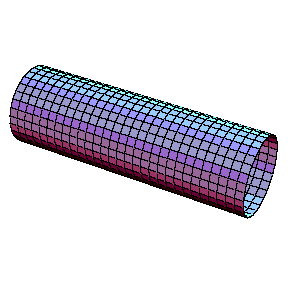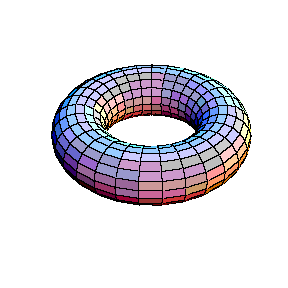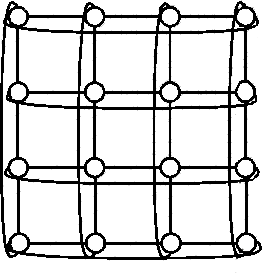 |
 |
 |
Population Distribution in a cEA
The population of a cEA is composed by a set of individuals that interact among them along the different generations. These individuals represents potential solutions to the problem and a search path towards the optimal solution. So as bigger the population be easier will be finding a solution, although more system resources will be needed during the execution.
Typical population sizes in evolutionary computation range from 1 (for certain evolution strategies) to many thousands (for genetic programming).
In the case of cEAs, the population is usually represented as a 2-D toroidal grid in which nodes are placed the individuals. In Figure 1 we can see how a torus can be obtained from a 2-D grid.
|
|||||
Figure 1.
Construction of a toroidal shape from a plane |
In cEA implementations, a toroidal shape of the population is easily obtained by linking the individuals placed on the extremes of a 2D grid like shown in Fig. 2.
 |
Figure 2. Toroidal
grid structure used for holding individuals in most cEAs |